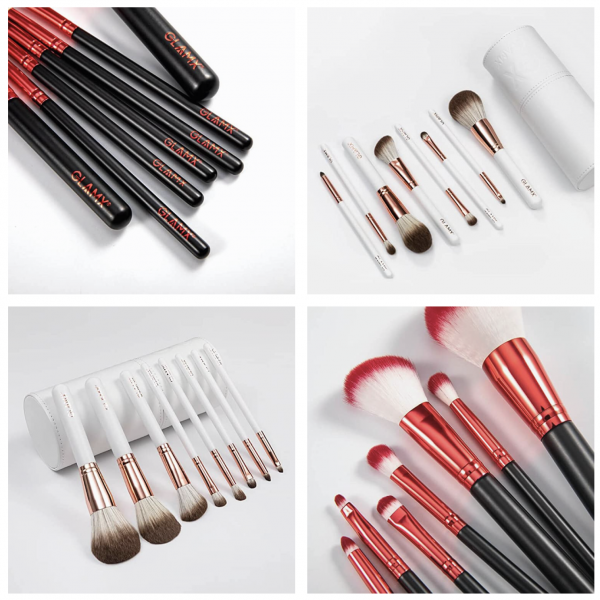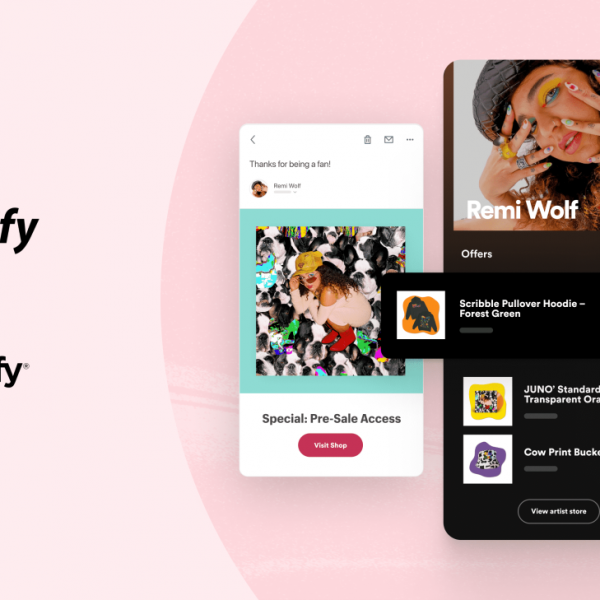When it comes to e-commerce, just how important is it to design a great UX (user experience) for your customers? Well, if you ask us, very. In fact, all the evidence shows that the vendors who spend time developing an attractive, easy-to-use interface will see their investment paid back in spades. So what’s going on?
According to research, almost 40% of online shoppers will log off if they find a website too unattractive or difficult to use. And a far higher percentage will abandon their shopping carts halfway through the process if they find that things aren’t to their liking. So if you want to maximise your online sales, you’ll need to spend some time developing a platform that will encourage customers to stay – and even return to make repeat purchases.
First, you need to think about the user-friendliness of your site. Is it easy to navigate? Can shoppers quickly find what they are looking for? If there are too many sub-menus and categories, that could put people off – so keep things simple. Often, less is more, so don’t confuse visitors to your site with lots of unnecessary bells and whistles.
Next, make sure it’s as quick and as easy as possible for your customers to pay. If you want to keep conversion rates high, it’s crucial that you don’t add too many steps to this process – increasing the chances of users getting frustrated and abandoning their carts. Additionally, make sure that any extras, such as shipping, are clearly marked at an early stage; adding them on at the last minute will cause customers to lose trust in the online shopping experience.
It’s also important to think about how you communicate with your customers – and remembering that it’s always worth going the extra mile to keep them happy. After all, there’s no better publicity than word of mouth. So if you receive anything, whether it’s a complaint or a request for assistance, make sure that you deal with it quickly, efficiently, and politely. Then, once the positive testimonials start pouring in, you can utilise these to drive even more sales to your brand.
Finally, you’ll want to consider how you can get visitors to return to your website – and how to convert casual clickers into customers. Some ways of doing this can include personalised landing pages, social media engagement, mailing list subscriptions, and more, but be careful not to bombard your visitors with too much info. Essentially, it’s a fine line to walk between engaging customers and overwhelming them, but get it right and you’ll deliver an excellent UI and UX (User Interface and User Experience) that will keep them coming back for more.







